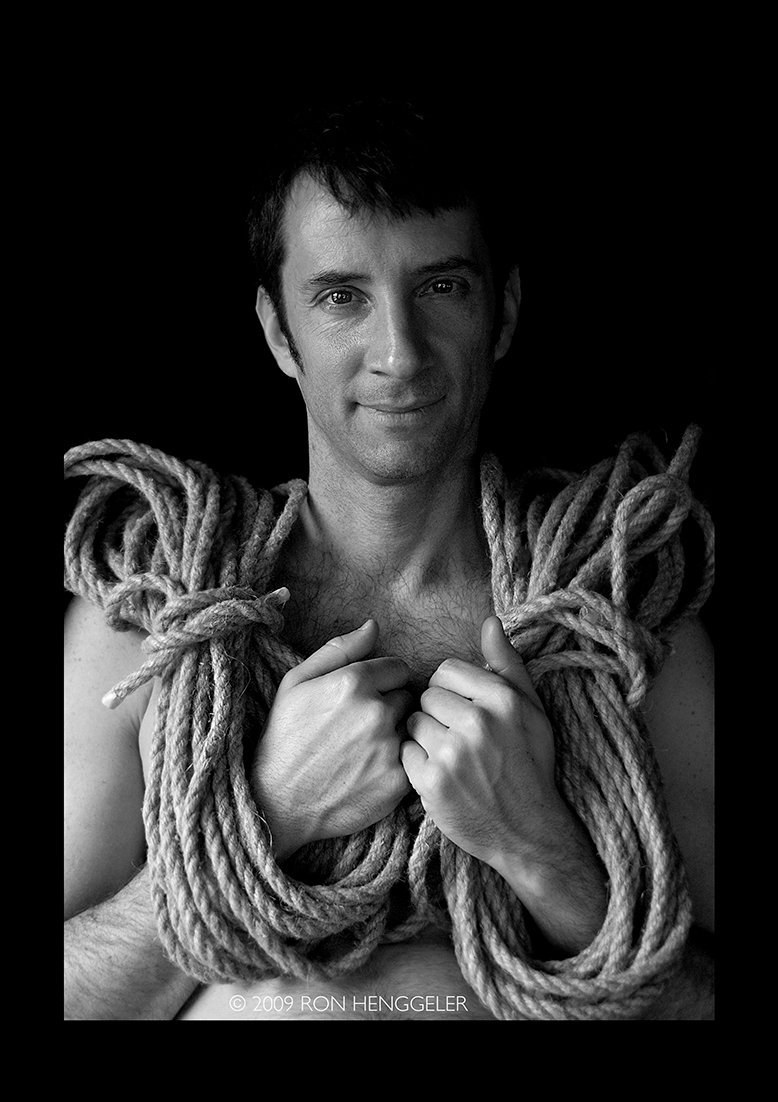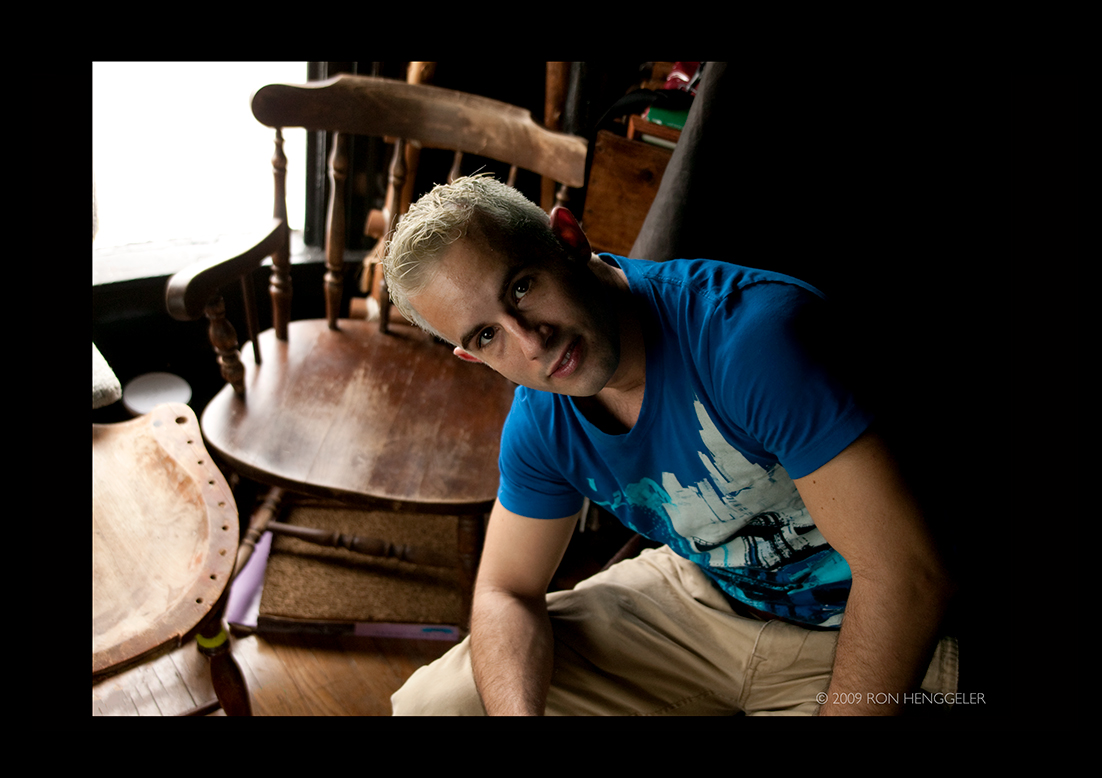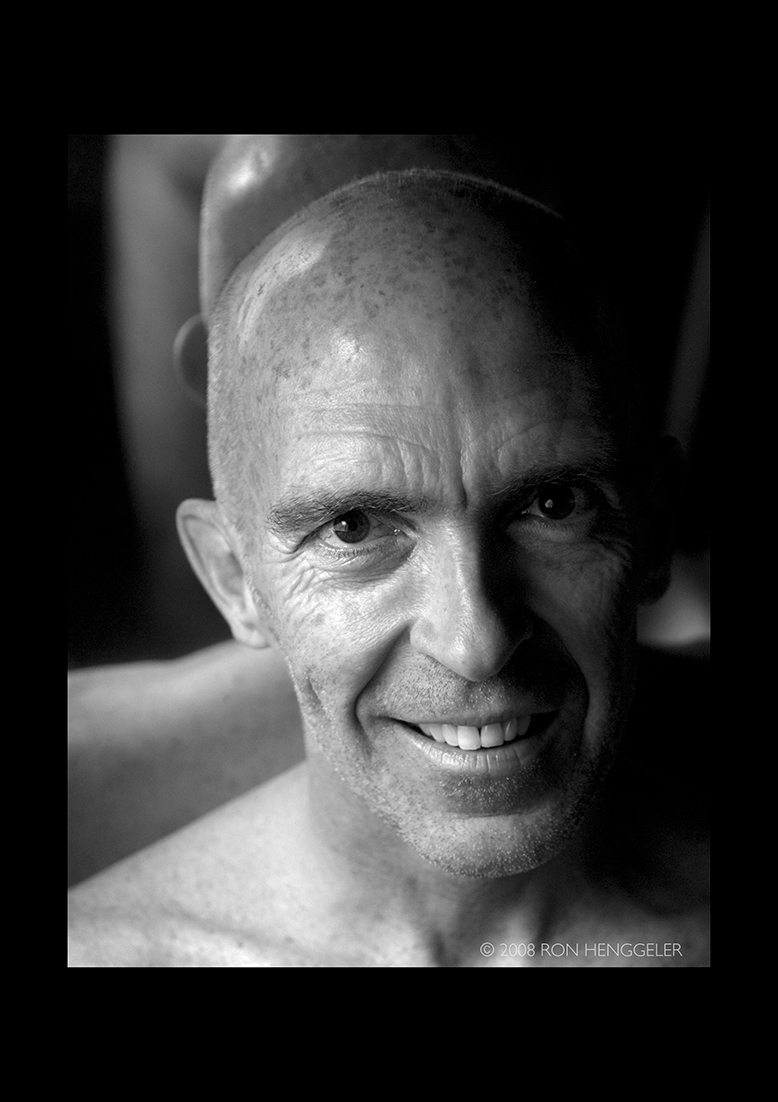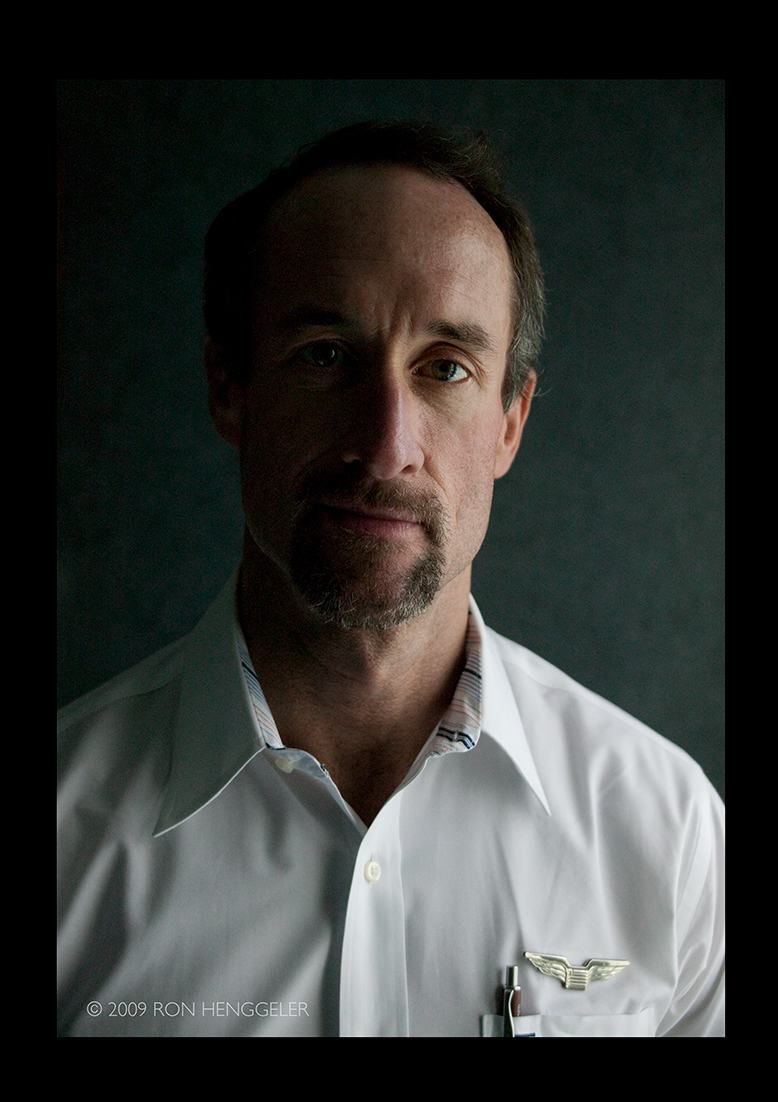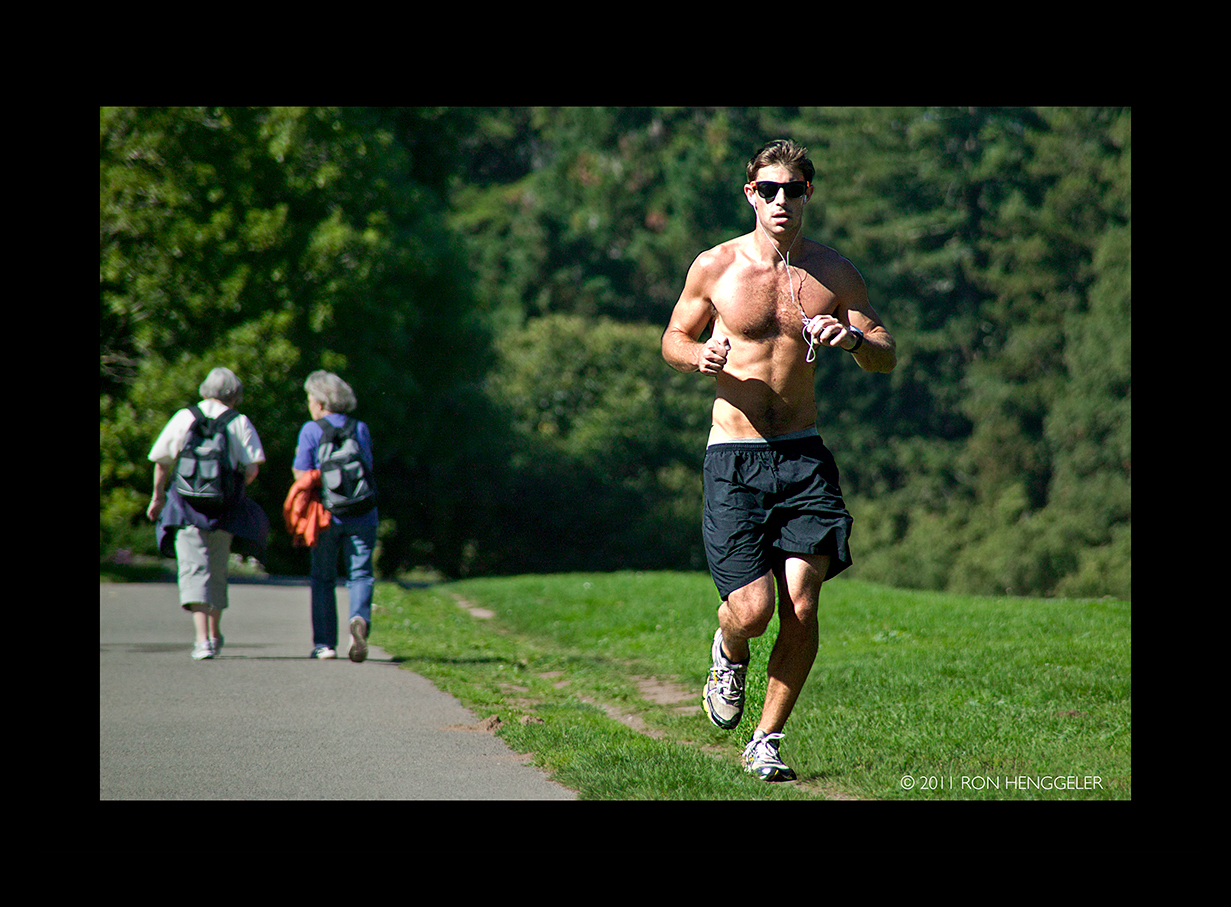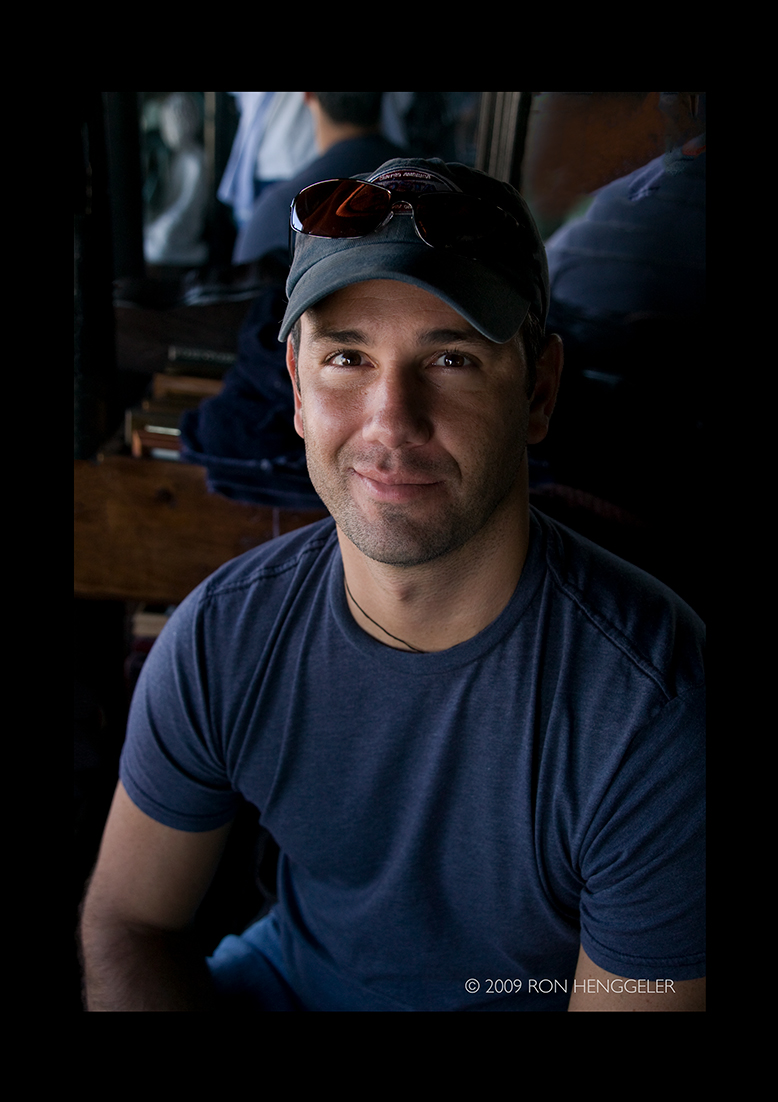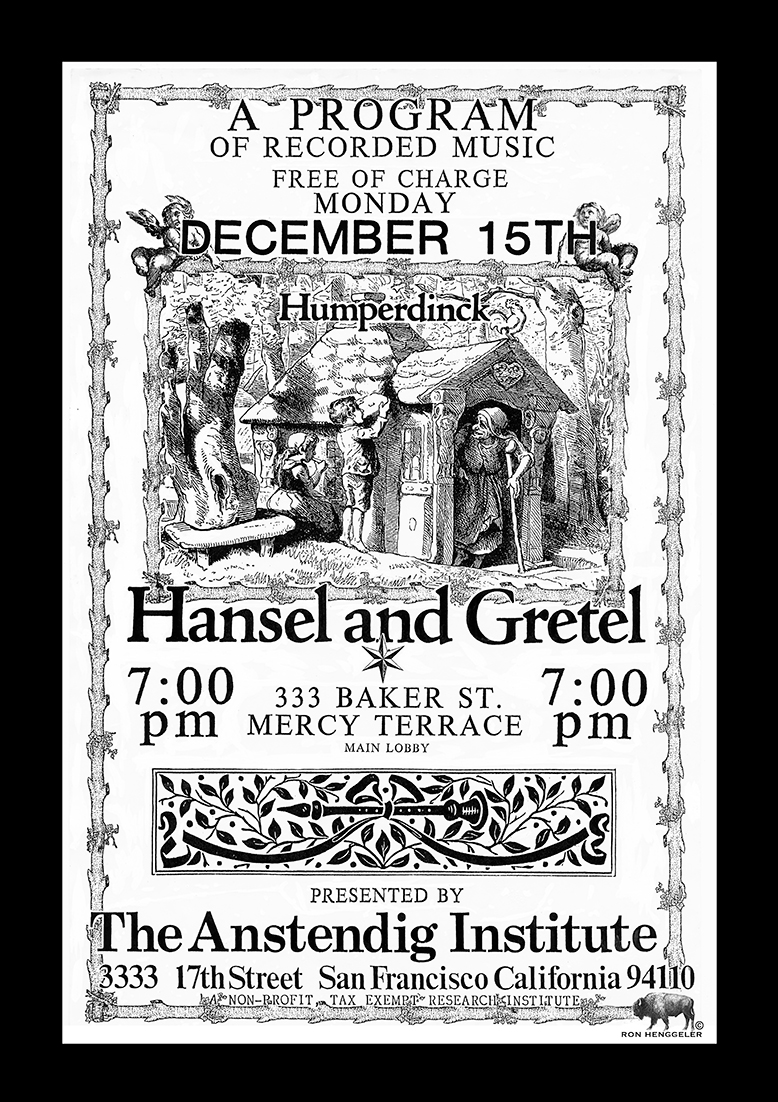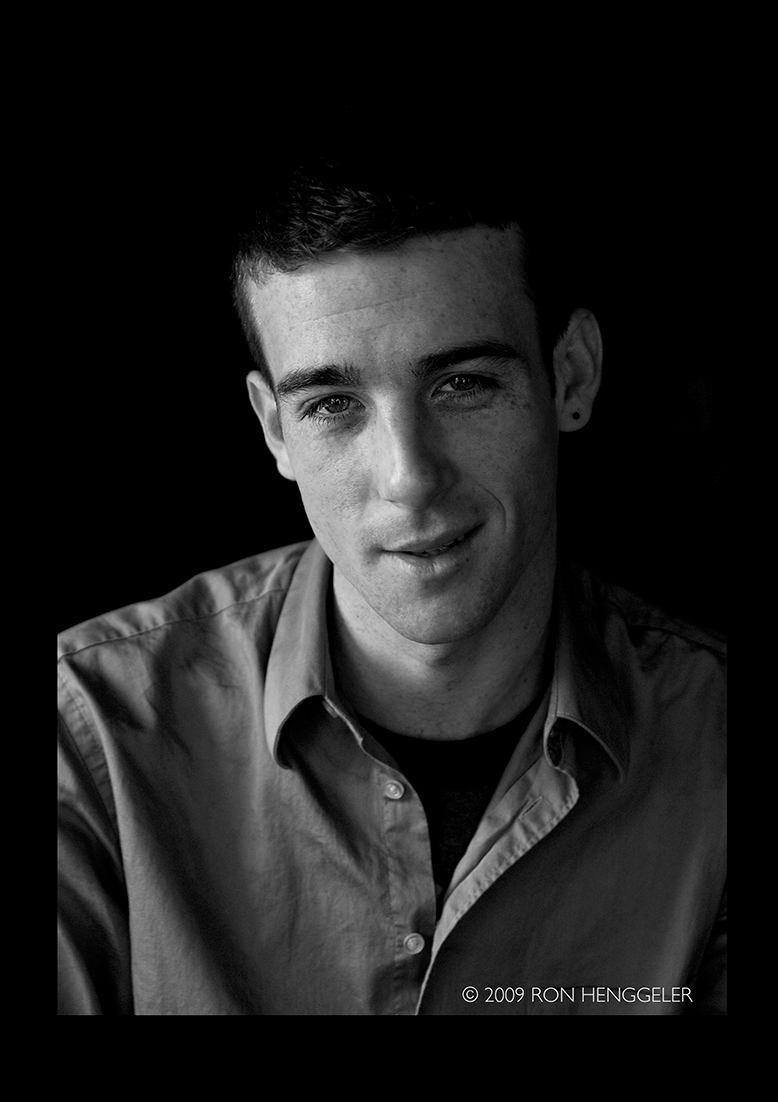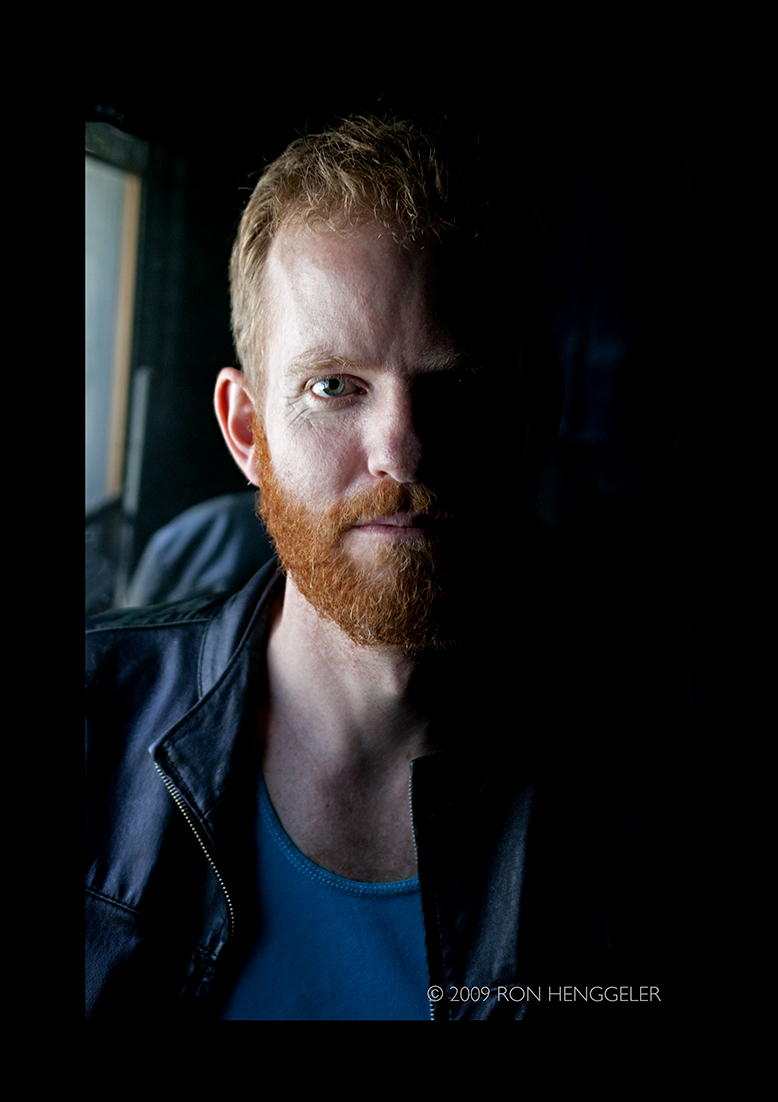RON HENGGELER |
February 14, 2021
Again, revisiting and editing more old photos, portraits, & graphics
Due to the ongoing pandemic, I continue to shelter in place. I stay busy throughout each day,
editing, reformatting, and organizing thousands of photos, and my graphic artwork, from the past 40 years.
Here's the recent batch of images that I've worked on during the last several days.
North tower of the Golden Gate Bridge2010I do believe strongly in photography and hope by following it intuitively that when the photographs are looked at they will touch the spirit in people.Harry Callahan |
Francisco(San Francisco)2013 |
Detail of a model, from a 2015 exhibit about the 1915 Panama-Pacific International Exposition.In 2015, the model was displayed at the California Historical Society on Mission Street in San Francisco.The Panama-Pacific International Exposition was unique among world's fairs in that it could be surveyed in its entirety from the hillside to the south of the fairgrounds, as depicted in countless panoramic photographs, illustrations, and paintings. This model, which showed approximately one third of the fairgrounds, was expertly crafted, with the grounds tipped slightly upward and the buildings foreshortened to exaggerate the viewers elevated vantage point. It was originally exhibited at the 1939 Golden Gate International Exposition and displayed for years at the Presidio Army Museum with a nearly 8-foot-tall painted backdrop. In 2015, for the 100 year anniversary of the PPIE, this model was brought out of storage on Treasure Island for this exhibition.PPIE |
Geary Blvd. near Park PresidioSan Francisco2012Something very ugly to you as a person can look beautiful through the viewfinder, but being able to find that beauty, oftentimes, means seeing the humanity within the frame. If you turn that off completely, you don't see at all.Zana Braski |
San Francisco City Hall2008 |
San Francisco Cable Car Gripmen, Conductors, Mechanics.Major repair of the San Francisco Cable Car System in 1982In September of 1982, the San Francisco Cable Cars stopped operating for two years, while the entire system went through its first major overhaul in 95 years.For three weeks before the scheduled shutdown, I spent as much of my free time as possible, photographing the system that I knew would soon be gone forever. Before work at Fisherman's Wharf, and during my split-shift breaks, I rode the cars on the three different lines in San Francisco, photographing the gripmen, conductors, engineers, brakemen, and mechanics. At 5am on a few mornings, I was at the car barn when the cable cars were tractor-pulled out of the barn and sent on their way into the streets at dawn. I recently scanned and ditigized my film print images of the cable car system from 1982. I've lost my notebook with the descriptions and the names of the men who worked on the line at the time. Many of the men in these photos from 36 years ago have by now retired, or have passed away.To read about the shutdown of the system in 1982, go to streetcar.org |
Detail of the San Francisco City Hall front entrance on Van Ness Avenue2008 |
Pen, ink, and paper collagecirca 1985 |
Jackie2009 |
North tower of the Golden Gate Bridge seen from the Conzelman Road in the Marin Headlands2010 |
Terry2007 |
1905 Murphy Windmill on Martin Luther King Jr. Drive in Golden Gate Park2015 |
Paul2009We are the strongest filter we can place before the lens. We point the lens both outward and inward.John Paul Caponigro |
|
San Francisco Cable Car Gripmen, Conductors, Mechanics.Major repair of the San Francisco Cable Car System in 1982In September of 1982, the San Francisco Cable Cars stopped operating for two years, while the entire system went through its first major overhaul in 95 years.For three weeks before the scheduled shutdown, I spent as much of my free time as possible, photographing the system that I knew would soon be gone forever. Before work at Fisherman's Wharf, and during my split-shift breaks, I rode the cars on the three different lines in San Francisco, photographing the gripmen, conductors, engineers, brakemen, and mechanics. At 5am on a few mornings, I was at the car barn when the cable cars were tractor-pulled out of the barn and sent on their way into the streets at dawn. I recently scanned and ditigized my film print images of the cable car system from 1982. I've lost my notebook with the descriptions and the names of the men who worked on the line at the time. Many of the men in these photos from 36 years ago have by now retired, or have passed away.To read about the shutdown of the system in 1982, go to streetcar.org |
Hans Reiser2009 |
The Palace of the Legion of Honor in Lincoln ParkSan Francisco2009Photography is more than a medium for factual communication of ideas. It is a creative art.Ansel Adams |
Jay2009 |
Mark's Napoleoncirca 1950's |
A page from an old photo albumTriptych 1 |
San Francisco2013 |
Napa Valley2014 |
Detail of a model, from a 2015 exhibit about the 1915 Panama-Pacific International Exposition.In 2015, the model was displayed at the California Historical Society on Mission Street in San Francisco.The Panama-Pacific International Exposition featured eleven exhibition palaces showcasing objects from every corner of the globe, more than 1,500 sculptures commissioned from artists all over the world, 65 acres of amusement concessions, and an aviation field. Fifty California counties, forty-eight states, and twenty-one countries mounted displays in the exposition's grand pavilions. Then, after the fair closed, this ephemeral city was all but erased from the landscape. In the intervening ten months, nearly nineteen million people—about twenty times the population of San Francisco at the time—were drawn to the spectacle.PPIE |
Brad2007 |
My Great Great Grandfather Franz HenggelerHe arrived in America with his wife and children from Zug, Switzerland in 1849. |
My Great Grandfather Joseph Henggeler |
Grandfather Henggeler |
Mauricio2009Saturate yourself with your subject and the camera will all but take you by the hand.Margaret Bourke-White |
Claude Debussy1862-1918 |
Winter at the Golden Gate2015Whether working or not, photographers are looking, seeing, and thinking about what they see, a habit that is both a pleasure and a problem, for we seldom capture in a single photograph the full expression of what we see and feel.Sam Abell |
Illuminating the Panama-Pacific International Exposition in 1915Marines and The Giant ScintillatorAn extravagant show of colorful lights shot across building facades and danced in the sky above the exposition. Rejecting the standard practice of "outline lighting", which traced the contours of buildings with rows of bulbs, Walter D'Arcy Ryan of the General Electric Company forever changed architectural illumination with his innovative scheme. The most spectacular effects came from the installation of forty-eight giant spotlights sitting atop a miniature Morro Castle on the waterfront. Called the Great Scintillator, it was manned by Marines who moved the spotlights to project changing colors and patterns on the canvas of fog that rolled in from the Golden Gate. When the weather failed to cooperate, tubes hidden in flagpoles pumped smoke and steam from a locomotive engine into the sky. Bursts of steam that shot through the beams mimicked fireworks during celebrations.Ryan also designed an electric kaleidoscope inside the glass dome of the Palace of Horticulture and lit the palaces, courts, and Joy Zone in novel ways. This synthesis of art and technology cost an estimated $52,000, about $1.23 million today.PPIE |
Danny2007 |
San Francisco City Hall2008The virtue of the camera is not the power it has to transform the photographer into an artist, but the impulse it gives him to keep on looking.Brooks Atkinson |
Al2008 |
Eleanor Grimm2009 |
Fulton StreetSan Francisco2013To me, photography is the simultaneous recognition, in a fraction of a second, of the significance of an event.Henri Cartier-Bresson |
Brian2009 |
The solar eclipse at 10:02am on August 21th as seen from near Lake Berryessa in Napa County, California.2017 |
Napa Valley2014 |
Derk2009 |
Goat Rock State BeachSonoma Coast State Park2012 |
The tower near Alamo Square in San Francisco2013 |
Orlande de Lassus1532-1594 |
Front porchSan Francisco2009 |
Dirk2009 |
The Sonoma BarracksThe two-story, wide-balconied, adobe barracks facing Sonoma's central plaza was built to house Mexican army troops under the command of General Vallejo. These troops first arrived in Sonoma in 1834 when Vallejo, then the Commandant of the Presidio at San Francisco, was instructed to move his garrison to Sonoma. |
Giacomo Puccini1858-1924 |
Sonoma Coast State Park2012 |
|
A page from of old photo albumTriptych 2
|
Japanese Pavilion and Gardens, 1915On February 24,1915 the Japanese Pavilion of the Panama-Pacific International Exposition was dedicated. In San Francisco's Jewel City, historian Laura Ackley writes: During the ceremony, Exposition president Charles C. Moore’s daughter, Josephine, pulled a silken cord and released water into a stream running through the country’s site. The winding waterway coursed under delicate arched bridges before tumbling down a cataract and into a miniature lake. Japan’s buildings, with latticed windows and curving eaves, were set within nearly four acres of manicured gardens and meandering paths. The Kinkaku-ji Temple, or Golden Pavilion of Kyoto, was the model for the largest structure in the compound, which included stone pagodas, two public teahouses, and a small sctures the tea ceremony.My photo of a photo that was on display in 2015, at the California Historical Society's exhibit "City Rising, San Francisco and the 1915 World's Fair".City Rising |
Terry2007 |
Jean Baptiste Lully1632-1687 |
Mary Wilson at the 2013 Maitri Bliss EventMaitri |
Detail from a show in 2015 about the 1915 Panama-Pacific International ExpositionAt the California Historical Society on Mission Street in San FranciscoPPIE |
On display at the Sharpsteen Museum, is an original stagecoach which once ferried visitors to and from Calistoga before the establishment of the railroad line. Stagecoaches were used to carry passengers and goods pulled by horses or mules. They first originated in the United States in the 1700s. This attraction at the Sharpsteen Museum is a stagecoach from the Calistoga and Clear Lake stage fleet. This served as a link between the railroad terminus in Calistoga and areas north of the city. The restored stagecoach is presented approaching the Calistoga Hotel. The stage was abandoned for motorized vehicles in 1912.Sharpsteen Museum |
The Golden Gate Bridge2015If anyone gets in my way when I'm making a picture, I become irrational. I'm never sure what I am going to do, or sometimes even aware of what I do – only that I want that picture.Margaret Bourke-White |
The Golden Gate Bridge on Marshall Beach at King Low Tide2011 |
John Kennedy DriveGolden Gate Park2011 |
A page from an old photo albumTriptych 3 |
Pen & ink, and paper collage by R H1985 |
Maurice Ravel1875-1937 |
Napa Valley2013I've always felt that the formal structure of a photo, its composition, was just as important as the subject itself... You have to eliminate every superfluous element, you have to guide your own gaze with an iron will.Gyula Halasz, Brassai |
Teo2009 |
A page from an old photo albumTriptych 4 |
A plaster cast detail from one of the buildings, in addition to chips showing the pallet of various colors used on the buildings at the Panama- Pacific International Exposition in 1915.From an exhibit in 2015 at the California Historical Society, commemorating and celebrating the 100 year anniversary of the 1915 PPIE.PPIE |
Sisters of Perpetual Indulgence 40th Anniversary in Dolores ParkSan Francisco2019 |
Giant Typewriter in the Underwood Typewriter Factory Booth in the Palace of Liberal Arts. 1915My photo of a photo that was on display at the California Historical Society's exhibit "City Rising, San Francisco and the 1915 World's Fair".PPIE |
Lincoln ParkSan Francisco2009 |
Antonio Valvaldi1678-1741 |
Lake Berryessa2014 |
Robert2009 |
Pen, ink, and paper collage by R H1986 |
IsabelleCapay Valley2009 |
The centerpiece of the Panama-Pacific International Exposition, was the Tower of Jewels which rose to 435 feet and was covered with over 100,000 cut glass Novagems. The 3⁄4 to 2 inch colored "gems" sparkled in sunlight throughout the day and were illuminated by over 50 powerful electrical searchlights at night.In front of the Tower, the Fountain of Energy flowed at the center of the South Gardens, flanked by the Palace of Horticulture on the west and the Festival Hall to the east. The arch of the Tower served as the gateway to the Court of the Universe, leading to the Court of the Four Seasons to the west and the Court of Abundance to the east. These courts formed the primary exhibit area for the fair, which included the Food Products Palace, the Education and Social Economy Palace, the Agriculture Palace, the Liberal Arts Palace, the Transportation Palace, the Manufacturers Palace, the Mines and Metallurgy Palace, and the Varied Industries Palace. The Machinery Palace, the largest hall, dominated the east end of the central court.My photo of a photo that was on display at the California Historical Society's show "City Rising, San Francisco and the 1915 World's Fair".2015City Rising |
2007 |
Mark2009 |
1905 Murphy WindmillGolden Gate Park2015The RestorationThe important thing is not the camera but the eye.Alfred Eisenstaedt |
Camille Saint-Saëns1835-1921 |
Mt. Tamalpais2009 |
Restoration of the 1905 Murphy Windmill at the south end of Golden Gate Park2011The RestorationTo take photographs is to hold one's breath when all faculties converge in the face of fleeing reality. It is at that moment that mastering an image becomes a physical and intellectual joy.Henri Cartier-Bresson |
Corey2009 |
A page from an old photo albumTriptych 5 |
Kirby Cove near the north tower of the Golden Gate Bridge2010 |
A bronze statue in the Sonoma Plaza, of General Mariano Guadalupe Vallejo, Military Commander and Director of the Northern Frontier for the Mexican government.General Mariano G. Vallejo (1808-1890) |
The bell tower near Alamo Square in San Francisco2013 |
|
SneggieSnegurochkaThe Snow Maiden is a character in Russian folktales and was adapted into an opera by Nikolai Rimsky-Korsakov, 'The Snow Maiden: A Spring Fairy Tale', in 1881. |
Phil2009 |
Jose2007 |
Pen & ink, and paper collage by R H1986 |
Point Reyes National Seashore2013 |
Jim2009 |
San Francisco Cable Car Gripmen, Conductors, Mechanics.Major repair of the San Francisco Cable Car System in 1982In September of 1982, the San Francisco Cable Cars stopped operating for two years, while the entire system went through its first major overhaul in 95 years.For three weeks before the scheduled shutdown, I spent as much of my free time as possible, photographing the system that I knew would soon be gone forever. Before work at Fisherman's Wharf, and during my split-shift breaks, I rode the cars on the three different lines in San Francisco, photographing the gripmen, conductors, engineers, brakemen, and mechanics. At 5am on a few mornings, I was at the car barn when the cable cars were tractor-pulled out of the barn and sent on their way into the streets at dawn. I recently scanned and ditigized my film print images of the cable car system from 1982. I've lost my notebook with the descriptions and the names of the men who worked on the line at the time. Many of the men in these photos from 36 years ago have by now retired, or have passed away.To read about the shutdown of the system in 1982, go to streetcar.org |
The Trail of the End, Illuminations marking the end of the Panama-Pacific International Exposition 1915The exposition closed on December 4, 1915, a day of commemorative events that concluded with fireworks trailing from pilot Art Smith's "aeroplane". Over the next year, the grounds were mostly cleared of all evidence of the fair. Even water, power, and gas lines were removed so that land could be returned to owners in restored condition. Building were either sold for scrap or moved to other locations. A number of repurposed buildings, as well as murals and architectural elements survive today. Only the beloved Palace of Fine Arts--rebuilt and restored-- remains in its original location. Preservation efforts, substantially underwritten by Phoebe Apperson Hearst, began even before the fair closed.My photo of a photo that was displayed in 2015, at the California Historical Society's show "City Rising, San Francisco and the 1915 World's Fair".PPIE |
Pen & ink, and paper collage by RH1985 |
South Fork of the Merced RiverYosemite National Park2012For me, the camera is a sketchbook, an instrument of intuition and spontaneity, the master of the instant which, in visual terms, questions and decides simultaneously.Henri Cartier-Bresson |
R HPhoto taken on Marshall Beach by John DeRoy2006 |
Newsletters Index: 2021 2020, 2019, 2018, 2017, 2016, 2015, 2014, 2013, 2012, 2011, 2010, 2009, 2008, 2007, 2006
Photography Index | Graphics Index | History Index
Home | Gallery | About Me | Links | Contact
© 2020 All rights reserved
The images oon this site are not in the public domain. They are the sole property of the
artist and may not be reproduced on the Internet, sold, altered, enhanced,
modified by artificial, digital or computer imaging or in any other form
without the express written permission of the artist. Non-watermarked copies of photographs on this site can be purchased by contacting Ron.















